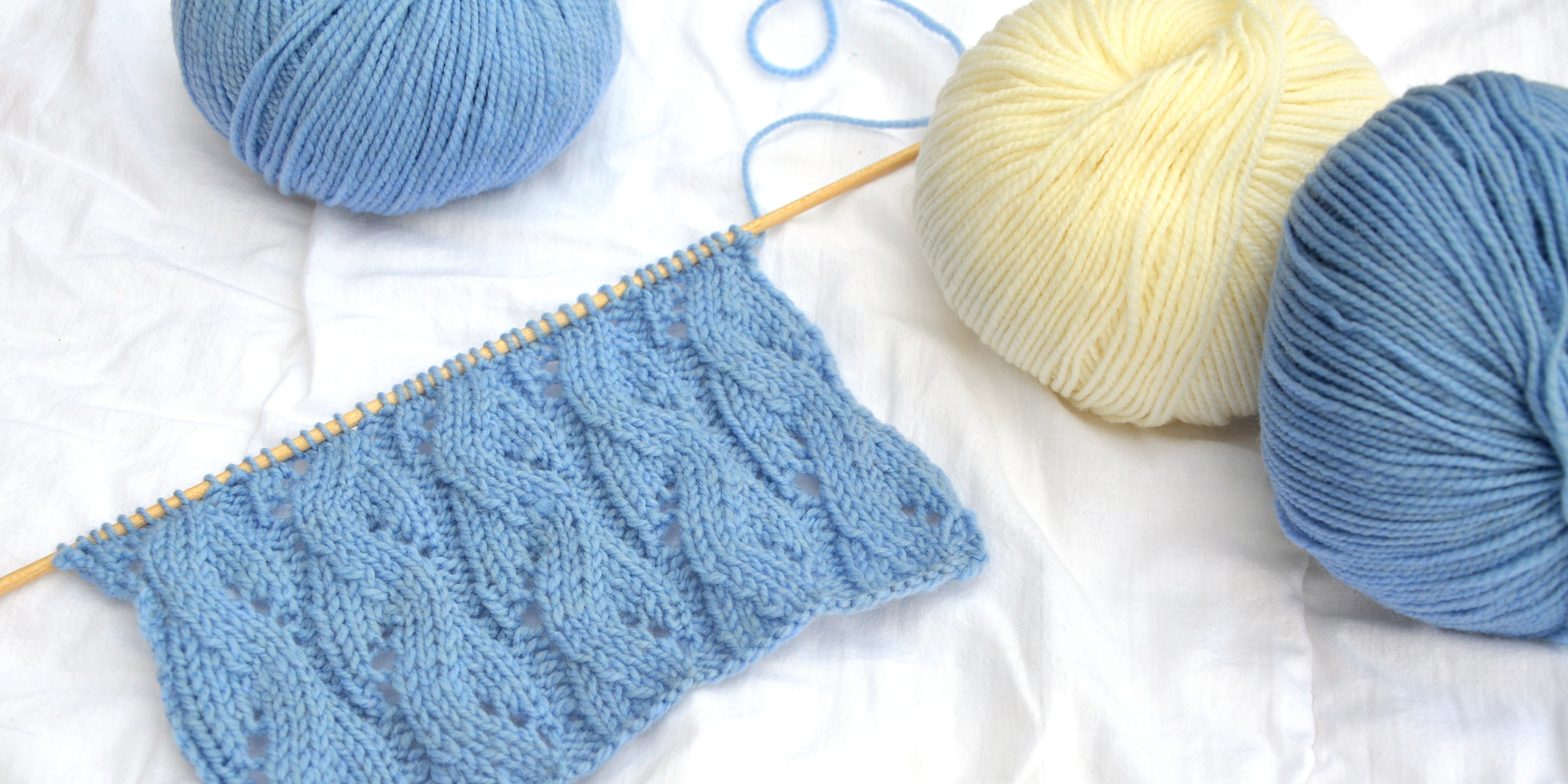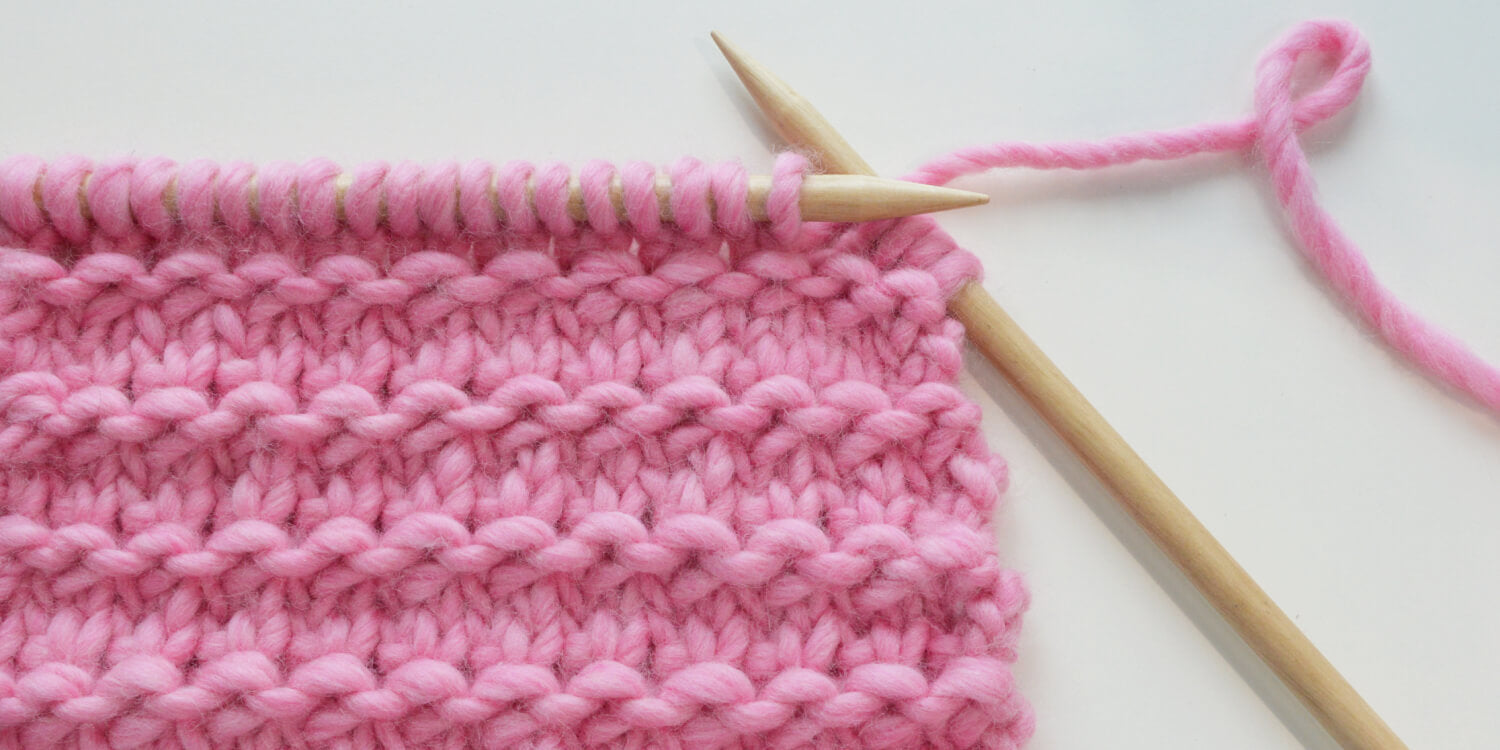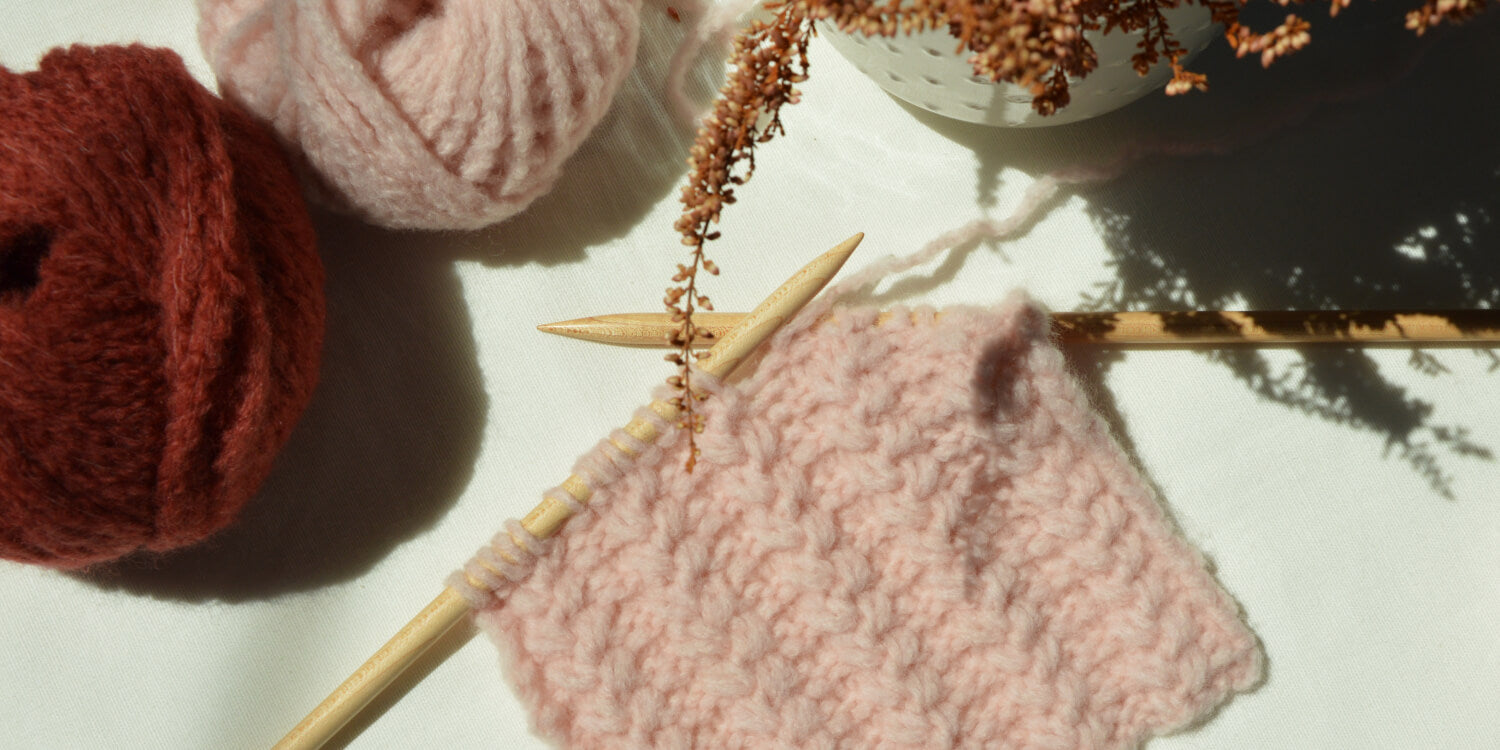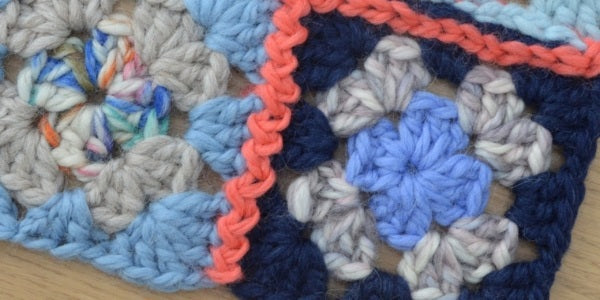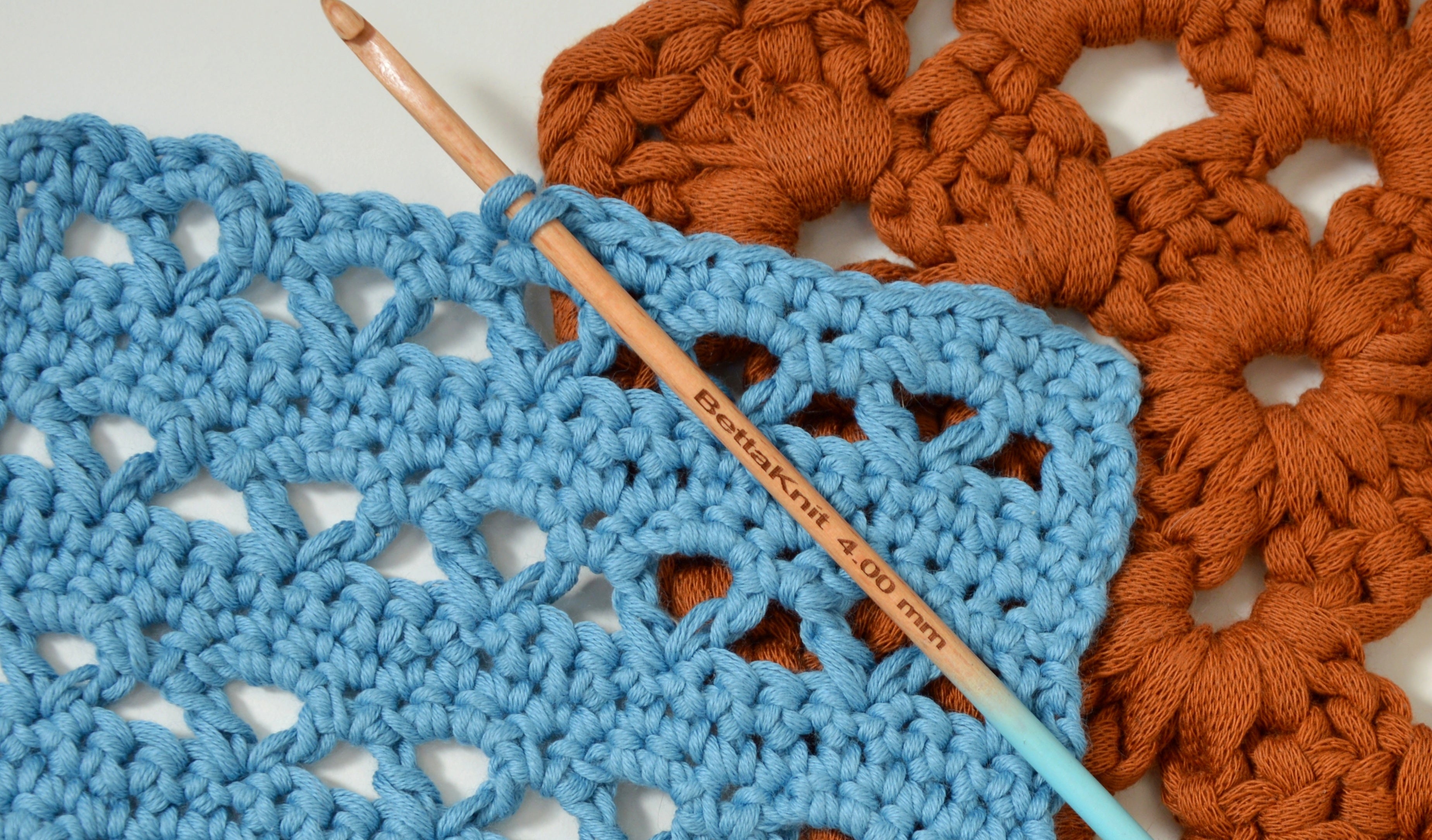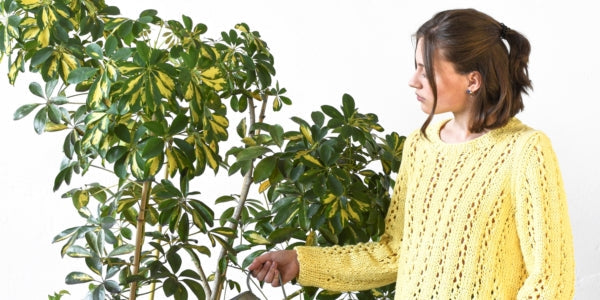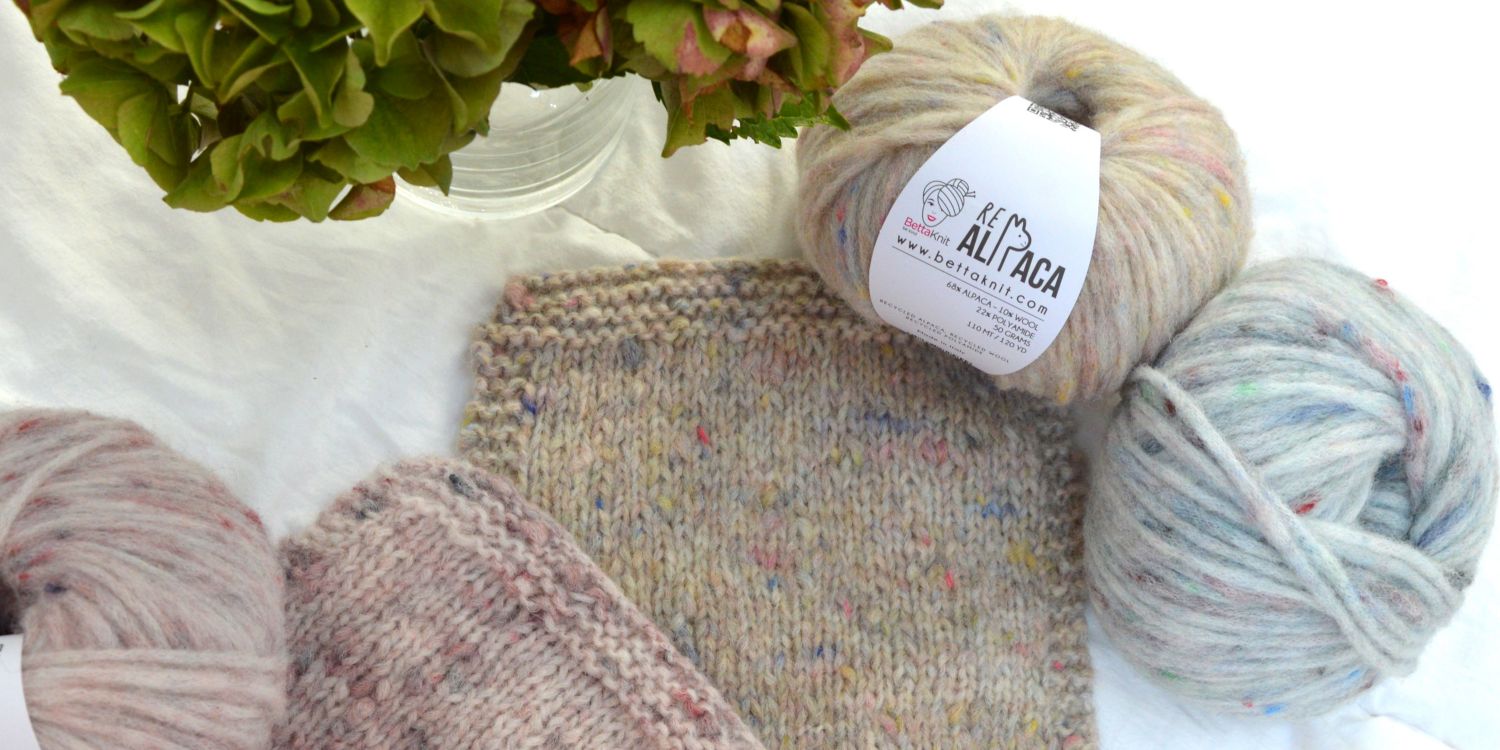KNITTING FOR BEGINNERS: THE ULTIMATE GUIDE TO GET STARTED

If you are new to knitting and wondering where to start, you are in the right place!
In this guide, we’ll walk you through everything you need to start knitting: the best yarns for beginners, which knitting needles to choose, the basic knitting techniques to learn, and even a few easy knitting projects to try out right away.
Whether you want to create cozy scarves, stylish sweaters, or unique handmade gifts, this guide will help you take your first steps with confidence.

Why Knitting?
Knitting is no longer just a traditional craft—it’s a trendy and relaxing hobby loved by people of all ages and genders.
Why has knitting become so popular? Probably because it is:
- A fun and creative activity;
- A great way to relax and reduce stress;
- A way to make unique, personalized garments;
- Portable – you can knit anywhere: on the train, in a café, even on a plane!
- A craft that connects people – join knitting groups or enjoy knitting with friends.
Knitting is not just about creating garments—it’s about taking time for yourself and discovering a rewarding, meditative practice.
What You Need to Start Knitting
To start knitting, you only need a few essentials:
- Yarn (the right one makes all the difference!)
- Knitting needles (straight or circular)
- Scissors
- Measuring tape
- Darning needle (for sewing and weaving in ends)
- Stitch markers (especially useful for circular knitting)
These are the basic tools every beginner needs for their first project.
The Best Yarn for Beginners
Choosing the right yarn is the first big step to start knitting successfully.
When you’re just starting out, it’s tempting to use cheap yarn or leftovers—but that can make knitting harder and less enjoyable. Instead, choose a good-quality, beginner-friendly yarn that slides easily on the needles and shows stitches clearly.
Our Recommendations for Beginners
- Cool Wool: A chunky, soft wool that is perfect for beginners. Its thickness makes the stitches easy to see, and you’ll finish projects quickly.

- Woolpaca: Slightly thinner than Cool Wool, this yarn is soft and easy to work with. Great for beginners who want to try lighter projects.

- Alpa Cotton: A soft and breathable blend of cotton and alpaca, ideal for spring/summer knitting. Perfect for making light scarves, tops, and accessories.

Tip: Avoid very thin yarns, fluffy yarns like Kiss Me Mohair, or highly textured “fancy” yarns when you’re just learning—they make it harder to see stitches and fix mistakes.
Color matters too: Choose a light or bright solid color so stitches are easy to spot.
Which Knitting Needles Should You Use?
Knitting needles come in different types and materials:
- Straight needles: Perfect for scarves, blankets, and flat projects.
- Circular needles: Ideal for knitting in the round (like hats or sweaters) but also useful for large flat projects.
At Bettaknit, we love wooden needles. They are smooth but not too slippery, pleasant to the touch, and more sustainable than plastic or metal.
Recommended Sizes for Beginners
- With Cool Wool: use 12 mm (US 17) needles.
- With Woolpaca or Alpa Cotton: try 5–6 mm (US 8–10) needles.
For circular knitting, make sure the cable is flexible and the needle joins are smooth, to avoid snagging stitches.

Other Must-Have Knitting Accessories
In addition to yarn and needles, keep these handy:
- Measuring tape – for checking your gauge.
- Stitch markers – essential for circular knitting or keeping track of pattern sections.
- Crochet hook – useful for picking up dropped stitches or adding finishing touches.
Basic Knitting Techniques for Beginners
Once you have your yarn and needles, it’s time to learn the three essential knitting techniques every beginner needs:
- Casting on – starting your stitches and setting up your project.
- Knit stitch – the foundation of most knitting patterns.
- Casting off – finishing your project and securing the stitches.
Once you’ve mastered these, you can also move on to the purl stitch, and learn how to increase and decrease stitches for more advanced patterns.
· Watch & Learn with Our Video Tutorials:
Learning to knit is easier with visuals! Check out Bettaknit’s step-by-step video tutorials for beginners — you’ll find clear, easy-to-follow videos on how to cast on, knit, purl, increase and decrease, and cast off.

Easy Knitting Projects for Beginners
After practicing the basics, start with simple projects. These will help you gain confidence while creating something beautiful.
Our Top Picks for Beginners:
- Aileen Scarf: A simple knit-stitch scarf that you can customize with fringes or pockets.
- Snood for Good: A cozy neck warmer made from a simple rectangle—sew the edges, and you’re done!
Both projects are part of our beginner-friendly knit kits, which include everything you need: yarn, needles, pattern, and instructions.
How to Fix Knitting Mistakes
Don’t panic if you make mistakes—it’s part of the learning process!
Dropped a stitch? Need to unravel a few rows? It happens to everyone. Take a break, then check out our video tutorials to learn how to fix common knitting errors.
Final Thoughts: From Beginner to Confident Knitter
Learning to knit takes patience, practice, and the right tools. But with time, you’ll be amazed at what you can create.
Here’s our quick recap:
- Start simple – learn casting on, knit stitch, and casting off.
- Choose beginner-friendly yarns like Cool Wool, Woolpaca, or Alpa Cotton.
- Practice regularly – the more you knit, the faster you’ll improve.
And don’t forget: knitting should be fun!

